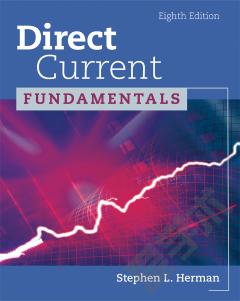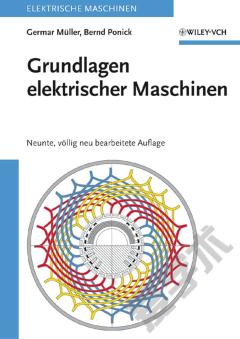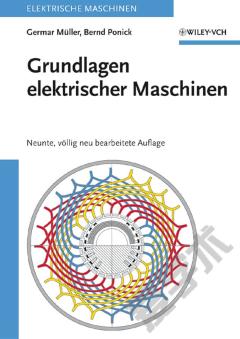Principles of Direct Current Machines
This book has been prepared with the object of placing before junior and senior students of electrical engineering a reasonably complete treatment of the fundamental principles that underly the design and operation of all types of direct-current machinery. Instead of attempting to touch the high spots in the whole field of direct-current engineering, attention has been concentrated upon certain important features that are ordinarily dismissed with little more than passing mention, but which, in the opinion of the author, are vital to a thorough grasp of the subject. For example, the book will be found to contain in Chapter III a full derivation of the rules covering armature windings (following Professor Arnold), in addition to the usual description of typical windings; Chapters VI and VII include a considerable amount of new material concerning the operating characteristics of generators and motors, the treatment being largely graphical and including the use of three-dimensional diagrams for depicting the mutual relationships among all of the variables; and in Chapters VIII and IX there has been developed a much more extensive treatment of the important subject of commutation than has been heretofore easily accessible to students of the type for whom the book is intended. In the selection and arrangement of the material dealing with commutation, care has been exercised to eliminate those minute details and excessive refinements that are more likely to confuse than to clarify.Although the methods of the calculus have been freely used throughout the book, a conscious effort has been made to give special prominence to the physical concepts of which the equations are merely the short-hand expressions; to this end, the mathematical analysis has been preceded, wherever possible, by a full and copiously illustrated discussion of the physical facts of the problem and their relations to one another.
{{comment.content}}








 京公网安备 11010802027623号
京公网安备 11010802027623号